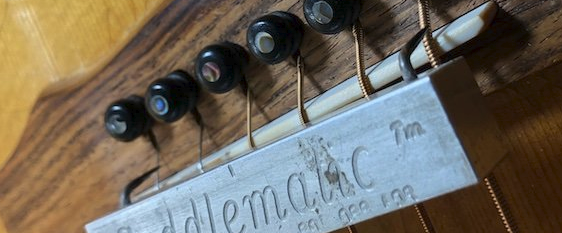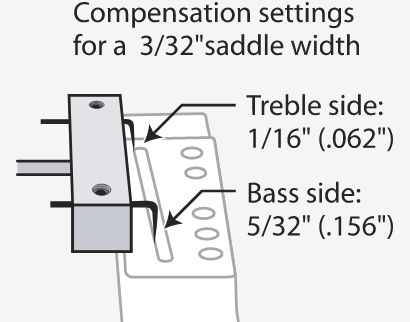From the on-going story of my luthier buddy, comes chapter 2.
This is not my guitar, it is one that was brought in for a range of work. As part of everything that goes through his shop, this rather nice D30 was checked over in a general sense. Pictures below:
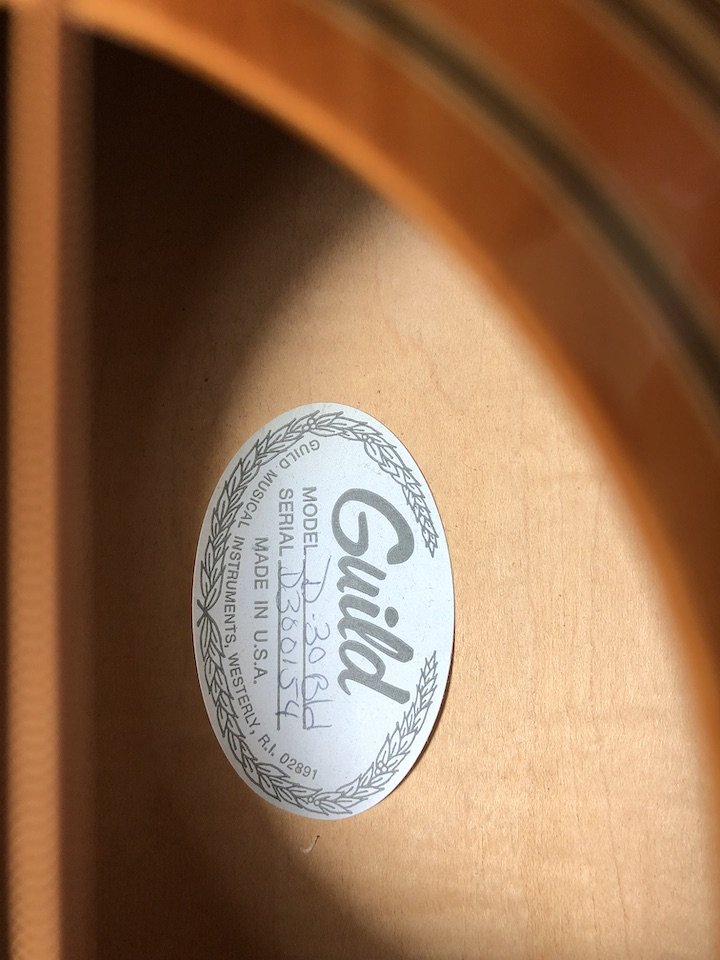
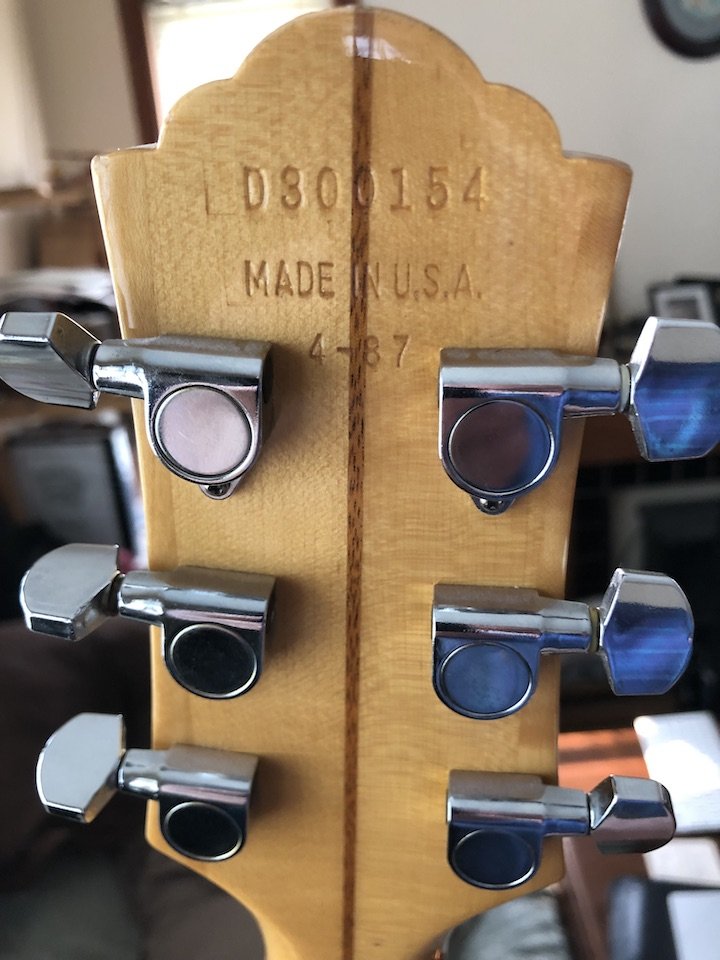
So this is a nice D30 from April of 1987 with a multiple piece maple neck. Very nice. Tuners look factory, and work well.
As per my F-50R, the guitar is going through its various checks.

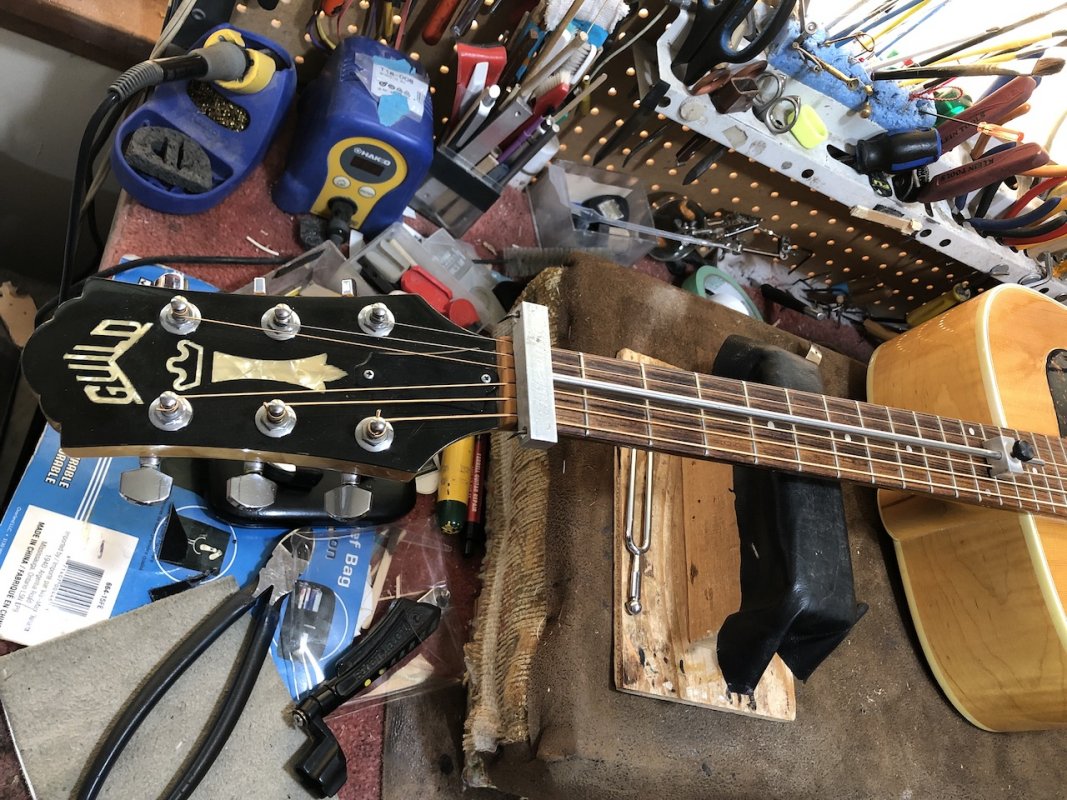
Oh no, can't be happening again! Yes, the factory did it again, the saddle slot is off. Just like my F-50R, and as I said in that thread, it happens at all the factories, at least once in a while. To use Brittany Spears' line (not that I think that anybody who needs to use a harmonizer to sing is any great musical talent) "Oops, I (in this case, they, as in Westerly) did it again". Luthier believes that this is a factory, as in unaltered, bridge.
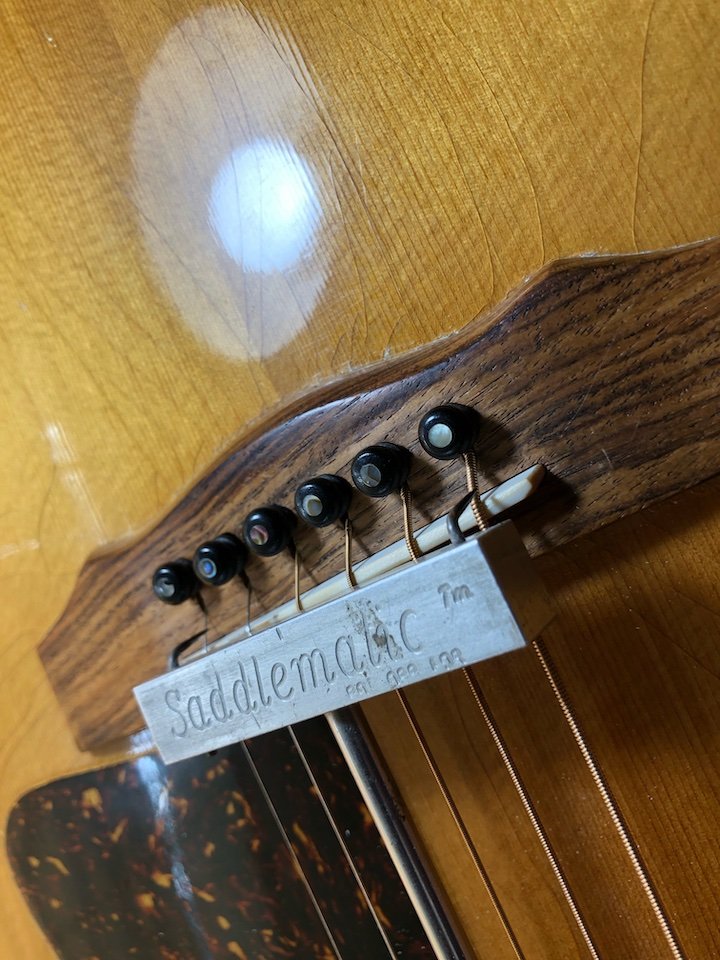
This is not my guitar, it is one that was brought in for a range of work. As part of everything that goes through his shop, this rather nice D30 was checked over in a general sense. Pictures below:


So this is a nice D30 from April of 1987 with a multiple piece maple neck. Very nice. Tuners look factory, and work well.
As per my F-50R, the guitar is going through its various checks.


Oh no, can't be happening again! Yes, the factory did it again, the saddle slot is off. Just like my F-50R, and as I said in that thread, it happens at all the factories, at least once in a while. To use Brittany Spears' line (not that I think that anybody who needs to use a harmonizer to sing is any great musical talent) "Oops, I (in this case, they, as in Westerly) did it again". Luthier believes that this is a factory, as in unaltered, bridge.

